Stop Thief & Snip-Snap
Another late Victorian family card game by Thomas de la Rue & Co Ltd, c.1895 with beautifully illustrated period characters.
Another late Victorian family card game beautifully designed and illustrated by Richard Doyle (1824-1883) and manufactured by Thos de la Rue & Co Ltd, c.1895 with period characters: 13 x 4 Victorian street traders plus 2 'Stop Thief' cards. The set actually contains two amusing games in one: “Stop Thief” and “Snip-Snap” all for the price of one shilling. (The 2 “Stop Thief” cards are used in one game but not in the other).
Richard Doyle also illustrated “Cheery Families” and his drawings evoke characters from Dickens such as the flower women of Covent Garden, street vendors or the ‘dealer in fancy ware’, perhaps glossing over the grim reality of life for millions of poverty-stricken Londoners during the Victorian age.
See: The Rules→
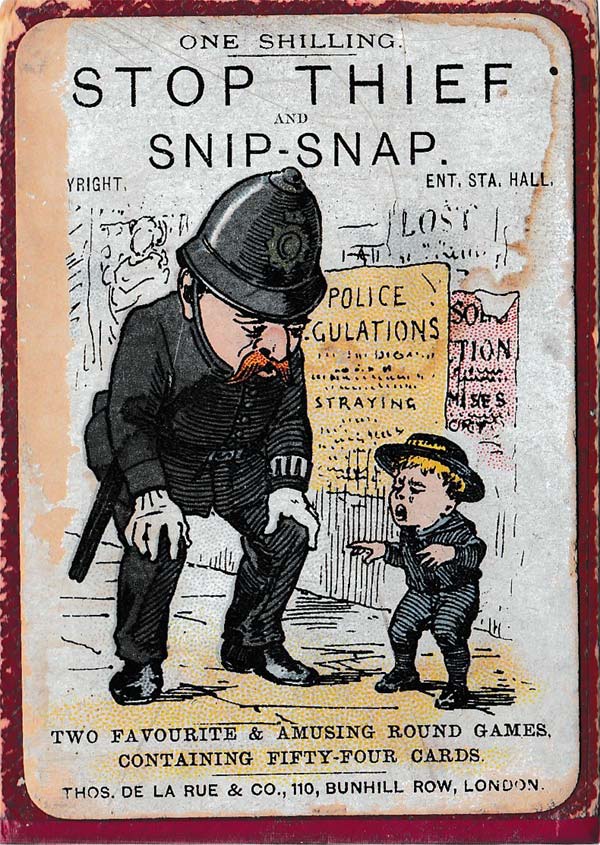
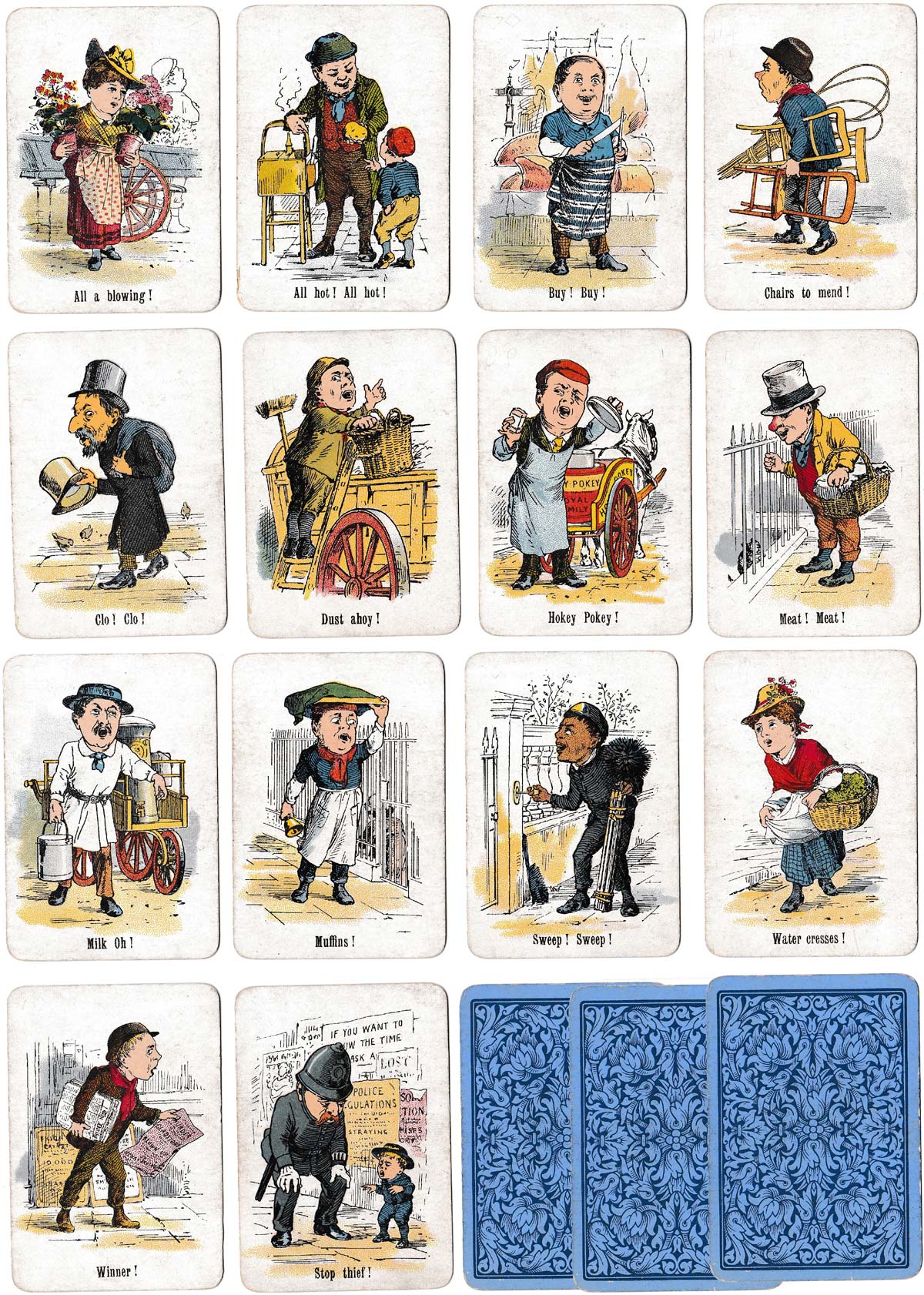
Above: “Stop Thief” round game by Thos de la Rue & Co Ltd, registered in 1893. The pack consists of 54 cards.
By Rex Pitts (1940-2021)
United Kingdom • Member since January 30, 2009
Rex's main interest was in card games, because, he said, they were cheap and easy to get hold of in his early days of collecting. He is well known for his extensive knowledge of Pepys games and his book is on the bookshelves of many.
His other interest was non-standard playing cards. He also had collections of sheet music, music CDs, models of London buses, London Transport timetables and maps and other objects that intrigued him.
Rex had a chequered career at school. He was expelled twice, on one occasion for smoking! Despite this he trained as a radio engineer and worked for the BBC in the World Service.
Later he moved into sales and worked for a firm that made all kinds of packaging, a job he enjoyed until his retirement. He became an expert on boxes and would always investigate those that held his cards. He could always recognize a box made for Pepys, which were the same as those of Alf Cooke’s Universal Playing Card Company, who printed the card games. This interest changed into an ability to make and mend boxes, which he did with great dexterity. He loved this kind of handicraft work.
His dexterity of hand and eye soon led to his making card games of his own design. He spent hours and hours carefully cutting them out and colouring them by hand.

Leave a Reply
Your Name
Just nowRelated Articles

One Penny Games
One Penny Card Games, 1920s.

One Penny Games 2
One Penny Card Games, 1900-1910, mostly anonymous 'Snap' games and made in Germany.

C.W.F Snap
C.W.F Snap, c.1902.

Snap
Snap card game published in UK by Globe (Oppenheimer und Sulzbacher), late 19th century.
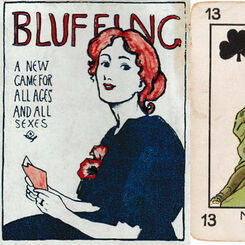
Bluffing
Bluffing published by C.W. Faulkner & Co, c.1896.

Lend Me Five Shillings
Lend Me Five Shillings; or, Her Majesty's Privy Purse by John Jaques & Son, c.1875
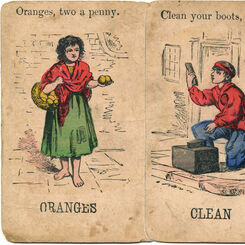
The Streets of London
“The Streets of London” published by John Jaques & Son, London, c.1880.
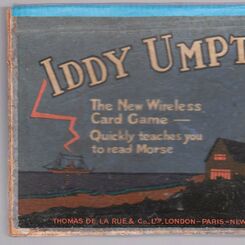
Iddy Umpty
“Iddy Umpty” card game based around learning to read the Morse Code Alphabet. by Thomas de la Rue & ...
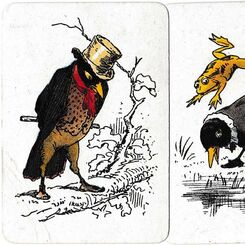
Bread & Honey
A charming Victorian family card game involving Clowns, Queens, Kings, Maids and thirty-seven Blackb...
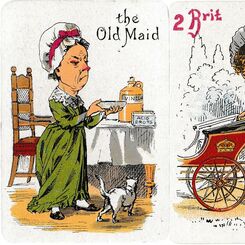
Spin & Old Maid
Lovely Victorian family card game with illustrations by the famous humorous artist, cartoonist and i...
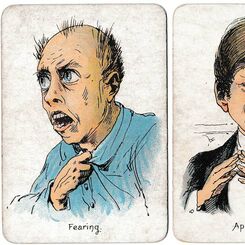
Moods & Faces
“Moods & Faces” round game by Thos de la Rue & Co Ltd,. c.1900.

Tempest
Tempest is a family card game designed by W. Heath Robinson and published by Thomas de la Rue & Co. ...

Golliwogg, c.1902
The stories about the Golliwogg and the Dutch dolls were written by Bertha Upton (1849-1912) and ill...

Special Edition Snap 1912
Chad Valley Special Edition ‘Snap’ card game, 1912.
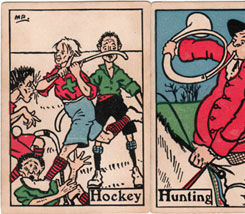
Chad Valley ‘Sporting Snap’ c.1895
Chad Valley ‘Sporting Snap’ card game designed by Max Pollock c.1895.

Anonymous Snap game
Anonymous “Snap” game from the late 19th century.

Jack Horner Snap
“Little Jack Horner” Snap made by Thomas De la Rue & Co Ltd, c.1890.
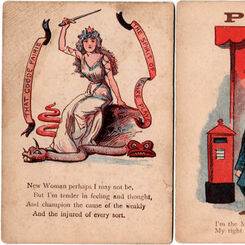
District Messenger
District Messengers were uniformed young men wearing little pill-box hats and mounted on bicycles wh...

St George Game
St George Game, 1858, depicting St George and other saints engaged in battle slaying the dragon to s...

Cheery Families, c.1893
Cheery Families card game designed by Richard Doyle and printed by De La Rue & Co., Ltd, c.1893
Most Popular
Our top articles from the past 60 days


 Your comment here. Your comment here. Your comment here. Your comment here. Your comment here. Your comment here. Your comment here. Your comment here. Your comment here. Your comment here. Your comment here. Your comment here. Your comment here. Your comment here. Your comment here. Your comment here. Your comment here. Your comment here. Your comment here. Your comment here. Your comment here. Your comment here. Your comment here. Your comment here. Your comment here. Your comment here. Your comment here. Your comment here. Your comment here. Your comment here. Your comment here. Your comment here.
Your comment here. Your comment here. Your comment here. Your comment here. Your comment here. Your comment here. Your comment here. Your comment here. Your comment here. Your comment here. Your comment here. Your comment here. Your comment here. Your comment here. Your comment here. Your comment here. Your comment here. Your comment here. Your comment here. Your comment here. Your comment here. Your comment here. Your comment here. Your comment here. Your comment here. Your comment here. Your comment here. Your comment here. Your comment here. Your comment here. Your comment here. Your comment here.




















